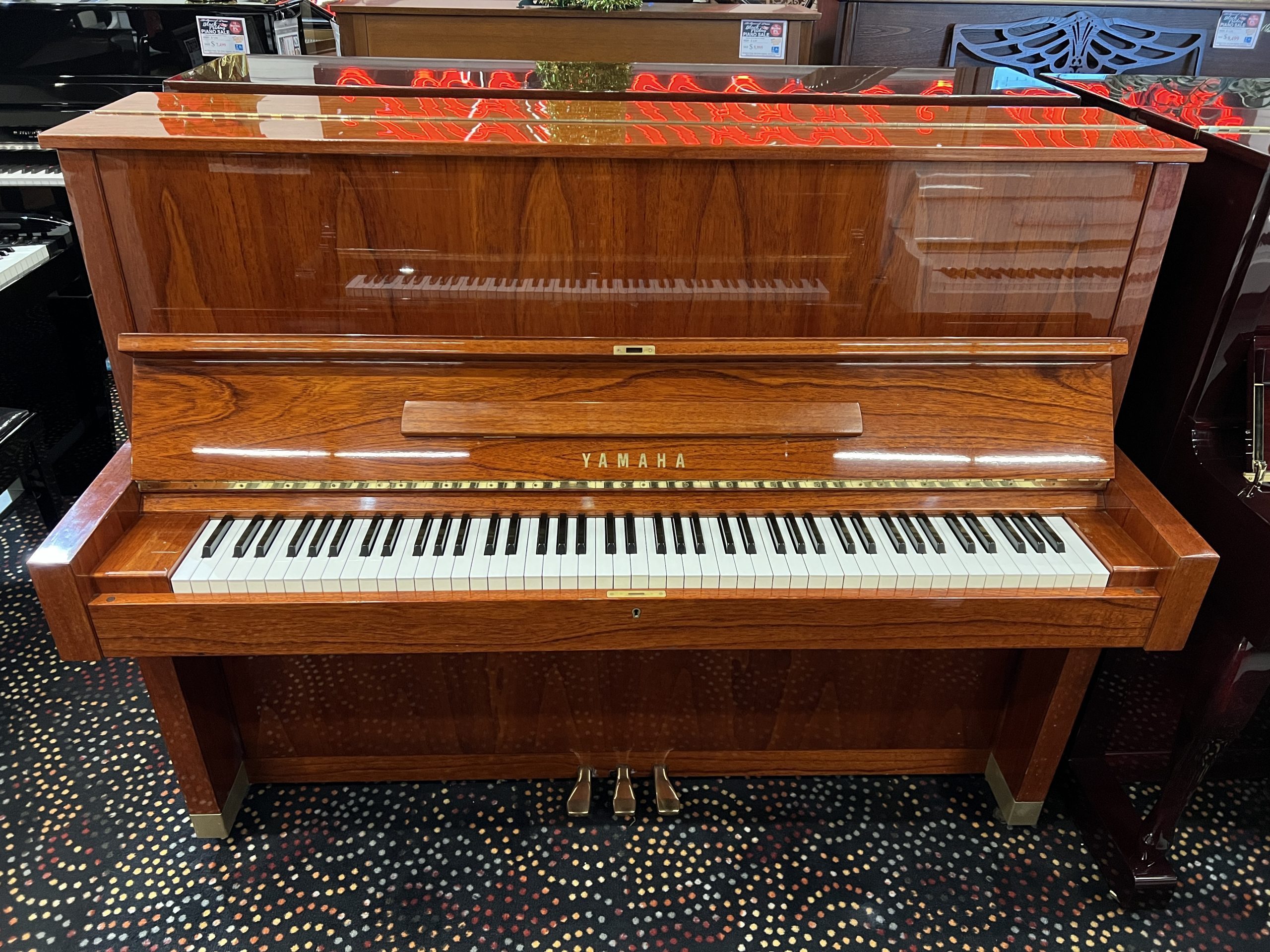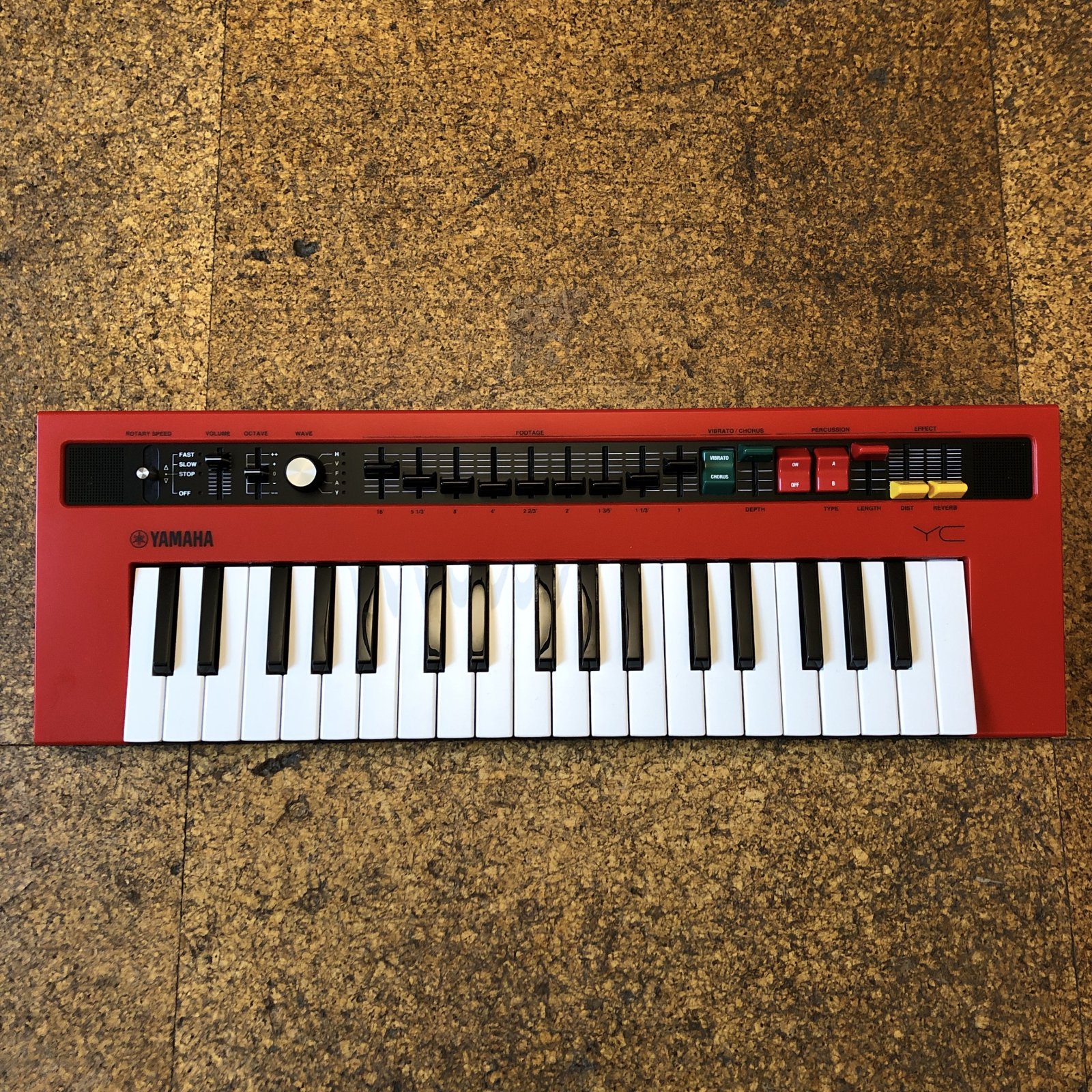Are you interested in playing bass guitar but struggling with how to read tablature? Most beginners start learning through tabs, as it provides a simple visual representation of where each note is played on the fretboard. However, it can be confusing and daunting for those who are not familiar with it. Don’t worry, I’ve got you covered!
In this article, I will take you through an easy step-by-step guide on how to read a bass guitar tab. We’ll cover everything from understanding the layout of the tab, deciphering the numbers and symbols used, and tips for reading tabs efficiently. By the end of this article, you’ll have a solid grasp on reading bass guitar tabs and be ready to jam out to your favorite songs! So let’s get started and unlock the world of bass guitar music together!
So, how to read a bass guitar tab?
Reading bass guitar tabs can seem daunting at first, but with a little practice and understanding of the basics, it can become second nature. A bass guitar tab is a simplified form of musical notation that shows you which strings and frets to play on your instrument in order to recreate a specific song or riff. It is commonly used by beginners and experienced musicians alike as an easy way to learn songs quickly.
To read a bass guitar tab, start by looking at the lines on the tab. Each line represents one string on your bass guitar, with the thickest string (the E string) being represented by the bottom line and the thinnest string (the G string) being represented by the top line.
Next, take note of any numbers or symbols on each line. These indicate which fret to play on that particular string. For example, if there is a “3” on the third line from the bottom, it means you should press down on the third fret of your E string.
Sometimes there may also be letters above or below certain numbers indicating when to pluck or strum that particular note. The most common letters used are “h” for hammer-on (pressing down onto a higher fret without picking), “p” for pull-off (lifting off from a higher fret without picking), and “s” for slide (sliding your finger up or down between two notes).
It’s important to note that not all tabs will include these letters, so don’t worry if you come across some without them.
Another helpful tip is to pay attention to any vertical lines connecting multiple numbers together. This indicates playing those notes in succession rather than all at once.
As you practice reading more tabs and playing along with different songs, you’ll become more comfortable with this style of notation and will be able to pick up new tunes much quicker!
Remember: reading bass guitar tabs takes time and patience but it’s well worth the effort. With this easy step-by-step guide, you’ll be reading and playing along with your favorite songs in no time!
Understanding the Layout of a Bass Guitar Tab
When you’re first starting out with a bass guitar, understanding the layout of a bass guitar tab can seem like deciphering an alien code. But don’t worry. It’s not nearly as complex as it appears at first glance! Think about the six horizontal lines on your tab sheet; each one represents a string on your instrument. The top line is for the highest sounding string (G), then below that is D, next is A and finally E at the bottom, which corresponds to lowest sounding string.
Now, what do those mysterious numbers sprawled across these lines represent? Well, they stand for fret numbers – where you should place your fingers down onto the strings while playing. So if you see 0 written in a line, it means play that string open without pressing any frets. Numbers 1 through 20 or so indicate specific frets to press on that particular string.
- If there’s more than one number stacked vertically,
- it denotes playing chords,
- which means plucking two or more strings simultaneously.
A ‘x’ symbol tells you to mute a certain note and ‘–‘ indicates holding out notes longer.
All these elements combined offer comprehensive instructions telling you exactly how and when to play each note accurately – essentially creating music from mere scribbles on paper.It’s all part of ‘understanding the layout’, transforming music into something tangible even when there isn’t audio available.
Deciphering Numbers and Symbols in Bass Guitar Tabs
What’s the fuss about bass guitar tabs? If you’ve ever tried to learn bass guitar, chances are you’ve come across these peculiar sets of numbers and lines. Deciphering them can seem like cracking an ancient code! But don’t fret – it’s not as hard as it may first appear. Bass guitar tabs, short for tablatures, essentially offer a simplified approach to musical notation that focuses on indicating where to place your fingers to play specific notes or chords.
Tablature consists of horizontal lines, each representing one of the four strings on your bass guitar: The top line is your highest pitch string (G), while the bottom one is the lowest (E). Now let’s talk numbers. In bass tabs, these aren’t randomly sprinkled digits but rather handy signposts directing where exactly to press down on a particular string.
Symbols? Yeah they have got those too! You might see ‘h’ denoting hammer-on technique or ‘p’ indicating pull-off move. And what about slashes? ‘/’ means slide up and ” instructs to slide down.
- ‘x’: Play a ghost note.
- ‘()’: Hold a bend.
- ‘~’: Use vibrato.
Decoding all this might feel overwhelming at first glance but remember, every master was once a novice. As time goes by with plenty of practice under your belt, reading and understanding bass tabs will become second nature – much like flipping through pages in your favorite book.
Read also: how to read a bass guitar tab
Practical Tips for Reading Bass Guitar Tabs Efficiently
Getting the Hang of Bass Guitar Tabs
Reading bass guitar tabs can initially seem like a daunting task, especially for those budding musicians just starting their journey with the instrument. However, understanding these seemingly cryptic notations is easier than you might think. Here are a few practical tips to help make sense of it all and get you playing in no time!
Firstly, familiarize yourself with how tabs are written. Bass guitar tabs use lines and numbers to represent strings and frets on your bass guitar neck respectively – quite literally a roadmap to what notes you should play! Each line corresponds to one of your bass strings: The topmost line represents the highest (or thinnest) string while the bottommost refers to the lowest (or thickest). Numbers on these lines indicate which frets should be pressed down.
- Remember: Zeroes mean an open string; play it without pressing any fret.
- Negative or minus sign right after a number means pull-off technique.
- A forward slash (/) indicates slide up, while a backslash () denotes slide down.
Honing Your Tab Reading Skills
Once you’ve understood this basic structure, practice is key – continuous reading and playing will help reinforce this new language. Start with simple songs that have straightforward tabs before progressing onto more complex music as your skill level increases.
Another essential tip is always listen to the song before attempting its tab; This helps create an auditory picture in mind making it easy for identification and placement when executing on your bass. Moreover, don’t skip learning musical theory alongside reading tabs as they together form symbiotic relationship that greatly enhances overall understanding.
Finally, don’t rush! Patience pays off when learning something new like this – remember that proficiency comes over time rather than overnight. So, relax and enjoy the ride as you gradually master reading bass guitar tabs. With these tips in hand, tackling those complex bass lines will be a breeze before you know it!
 how to read a bass guitar tab
how to read a bass guitar tab
Applying Your Knowledge on a Bass Guitar: Practicing with Real Song Tabs
Playing the bass guitar can be quite thrilling, especially when you start applying your knowledge to real songs. Through song tabs, you get to put into practice all that theory and finger exercises into something tangible – a melodious tune or a rhythmic beat. As you strum along with your favorite artists, those hours spent on scales and chords finally make sense. Not only do they help improve technique but also build confidence — suddenly those daunting tracks don’t seem so impossible anymore!
Song tabs are essentially simplified musical notations for string instruments like the bass guitar. They guide the player on which frets to press down on each string in order to achieve certain notes or chords. Here’s how it works:
- A typical tab will look something like this:
G|-----------------------| D|-----------------------| A|----2---3---5---------| E|3---------------------|
That translates as pressing down third fret of E string once, then second, third and fifth fret of A string consecutively.
Other than numbers representing the frets, there are other important symbols used in tabs such as h (hammer-on), p (pull-off), / (slide up) and (slide down).
While practicing with song tabs try starting off with easy ones before moving onto more complex pieces.
Applying what we’ve learned through playing real songs is undoubtedly one of the most rewarding parts of learning an instrument; it’s where we see our progress come alive!
You may also like: t118 yamaha piano
Conclusion: Mastering the Art of Reading a Bass Guitar Tab
The Final Takeaway: Mastering the Art of Reading a Bass Guitar Tab
Learning to read a bass guitar tab is like cracking the code to secret musical treasure. To some, it might appear as cryptic symbols on lines, but once you get the hang of it, you’ll realize that each notation is nothing more than an instruction manual for your fingers. Like a map guiding you through uncharted territories or a cookbook giving step-by-step instructions for preparing an exquisite dish; bass guitar tabs lay out the path for creating beautiful melodies. The numerals in various positions indicate frets on which to place your fingertips while different strings are represented by horizontal lines.
To enhance your understanding and engagement with these notations:
- Begin by familiarizing yourself with basic elements:
– The lowest line represents the lowest sounding string (E) whereas the highest line stands for highest sounding one (G). The numbers on these lines tell you where to press down.
- Moving ahead,
– Identify rhythmic patterns through vertical bar lines and grasp how timing works.
- Furthermore,
– Look at other symbols such as bends (b), slides (/ or \), hammer-ons/pull-offs (h/p).
Each lesson takes you closer towards fluency in this unique language of music. With time and practice, reading bass guitar tabs will feel as natural as flipping pages of your favorite novel. And before long, you will have mastered this art, enabling seamless translation from paper notes to heart-pounding rhythms!

